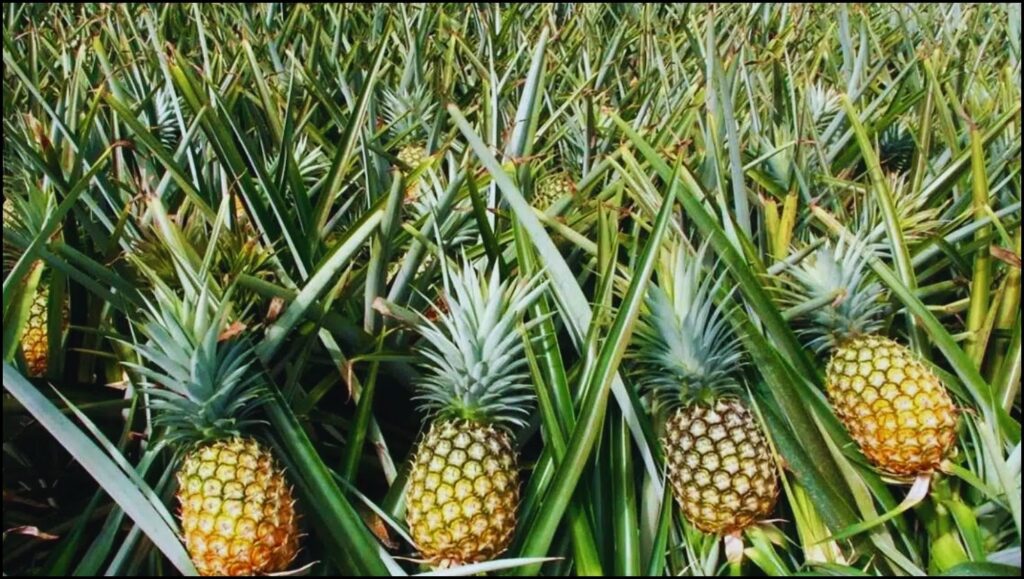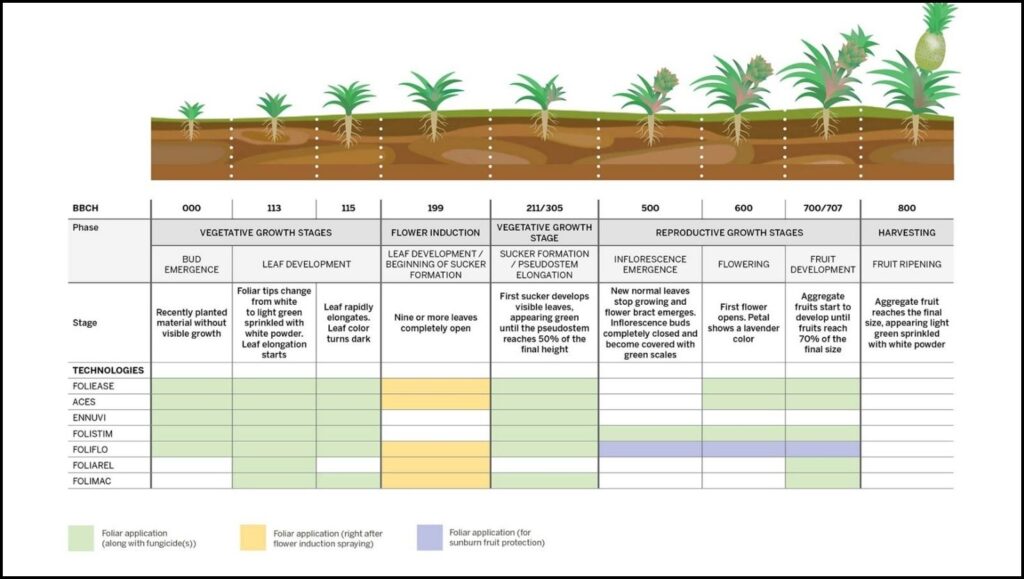Pineapples, a globally popular tropical fruit, are renowned not only for their distinctive flavor but also for their remarkably long and labor-intensive cultivation period. Understanding how long does it take to grow a pineapple is crucial for comprehending the complexities of global fruit supply chains and the dedication involved in bringing this sweet, tangy fruit to consumers worldwide. From initial planting to harvest, the process typically spans 18 to 24 months, a duration significantly longer than many other commercial fruit crops.

The Growth Stages of Ananas Comosus
The cultivation of Ananas comosus, the botanical name for pineapple, is a multi-stage process that requires specific environmental conditions and meticulous agricultural practices. This extended timeline contributes to the fruit’s market value and the careful planning required by growers.
Initial Planting and Rooting
The journey begins with planting. Pineapples are primarily propagated from vegetative parts of the plant, such as the crown (the leafy top of the fruit), slips (small shoots growing from the fruit stalk), or suckers (offshoots from the main stem). According to the University of Hawaii Cooperative Extension, a leading authority on tropical agriculture, slips and suckers are generally preferred by commercial growers due to their faster development compared to crowns.
After planting, the initial rooting phase takes approximately six to eight weeks. During this period, the plant establishes itself in the soil, developing a robust root system essential for nutrient absorption and stability.
Vegetative Growth: The Foundation Phase
Following successful rooting, the pineapple plant enters an extensive vegetative growth phase. This period, which can last from 12 to 15 months, is critical for the plant to develop a strong leafy structure. The leaves are vital for photosynthesis, producing the energy required for future fruit development. During this stage, the plant grows to a substantial size, with leaves reaching up to three to five feet in length.
“The lengthy vegetative stage is fundamental,” states Dr. Lena Petrova, a renowned agronomist specializing in tropical fruit cultivation at the Food and Agriculture Organization (FAO) of the United Nations, in a recent interview. “Without adequate leaf development, the plant cannot support a large, high-quality fruit, directly impacting yield and profitability for growers.”
This phase also involves careful nutrient management. Pineapples are heavy feeders, requiring consistent fertilization with nitrogen, phosphorus, and potassium to support vigorous growth.
Inducing Flowering: A Controlled Process
Unlike many fruits that flower spontaneously, commercial pineapple cultivation often involves induced flowering. This process, typically undertaken after the vegetative phase is complete (around 12-15 months after planting), ensures uniform flowering and, consequently, a synchronized harvest, which is crucial for efficient large-scale operations.
Farmers commonly use plant hormones, such as ethylene or acetylene, to stimulate flower production. This chemical application ensures that a significant portion of the crop flowers simultaneously, leading to a more predictable harvesting schedule. The flowering period itself is relatively short, usually lasting a few weeks, culminating in the emergence of the pineapple’s distinctive purplish-blue flower head.

Fruit Development and Maturation
After successful flowering, the fruit begins to develop. This final stage, from flower to a ripe pineapple ready for harvest, typically takes five to seven months. During this period, the small, individual berries that make up the pineapple fruit enlarge and fuse together, forming the familiar composite fruit. The fruit undergoes significant changes in size, color, and sugar content.
The optimal time for harvesting depends on the intended market. Pineapples destined for fresh consumption are often picked when they show a slight yellowing at the base, indicating ripeness while still firm enough for transport. Fruits intended for processing, such as canning or juicing, may be allowed to ripen further on the plant to maximize sugar content.
Environmental Factors and Cultivar Variations
Several factors can influence how long does it take to grow a pineapple, including climate, soil quality, and the specific cultivar planted. Pineapples thrive in warm, humid climates with well-drained, slightly acidic soil. Regions like Hawaii, Costa Rica, the Philippines, and Thailand are major pineapple producers due to their ideal growing conditions.
Different pineapple cultivars also exhibit varying growth rates. For example, the Smooth Cayenne variety, widely used for canning, typically follows the 18-24 month cycle. Newer varieties or those specifically bred for rapid growth might mature slightly faster, but generally, the fundamental biological processes dictate a prolonged development period.
Economic Implications of the Long Cycle
The extended growth period of pineapples has significant economic implications for growers and the global market. It necessitates substantial upfront investment in land, labor, and resources, with a delayed return on investment. This long lead time makes growers vulnerable to market fluctuations, weather events, and disease outbreaks over an extended period.
Furthermore, the continuous demand for fresh pineapples year-round means that cultivation must be staggered, with different fields planted at various times to ensure a consistent supply. This complex planning underscores the specialized knowledge and capital required to succeed in the pineapple industry. The meticulous cultivation required to answer the question of how long does it takes to grow a pineapple highlights the dedication involved in bringing this fruit to market.
The Final Path
The cultivation of pineapples stands as a testament to agricultural patience and precision. The 18- to 24-month journey from planting to harvest, influenced by a delicate balance of environmental factors and human intervention, ensures a continuous global supply of this beloved tropical fruit. As consumer demand for fresh produce continues to rise, understanding the intricate lifecycle of crops like the pineapple remains vital for appreciating the global agricultural landscape.
